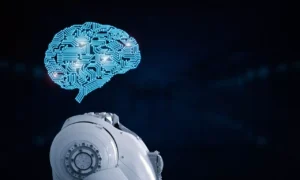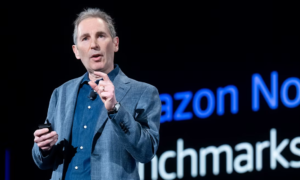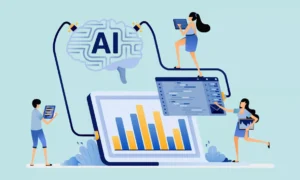AI might be great at crunching numbers, but can it match the instincts of an experienced risk analyst? In the high-stakes world of payment processing, leaders are proving that the real magic happens when machine intelligence meets human expertise. A hybrid approach is emerging—one that blends data-driven speed with seasoned decision-making. And it’s changing the game.
What’s the News?
Maverick Payments, a U.S.-based fintech company, is leaning into a collaborative model that fuses AI-driven insights with human judgment to streamline risk detection and elevate operational intelligence. Justin Downey, the company’s VP of Product, believes this isn’t just a smart move—it’s essential.
In a recent interview with PYMNTS, Downey explained how AI helps his team process large data volumes for tasks like transaction monitoring and onboarding. During know-your-customer (KYC) checks, AI systems can rapidly scan for inconsistencies, boosting speed without compromising accuracy. But identifying potential threats still requires human interpretation.
“AI does a great job,” Downey said. “But what these systems can lack is expertise and industry experience.”
Downey frames AI not as a replacement for professionals but as a powerful assistant. At Maverick, the tech is used to flag anomalies and surface risks in real time, allowing staff to focus on high-level decision-making. That layered intelligence model—machines for detection, people for interpretation—has made their operations more adaptive and secure.
The company’s AI strategy reflects a wider trend in the financial services space: automation tools are most effective when they’re directed by experienced professionals. Downey noted that strategic thinking, creativity, and contextual judgment remain key differentiators in the payments sector. These are areas where humans still outperform any model.
“When repetitive, data-heavy tasks are automated,” he added, “experienced staff can focus on higher-value work—making decisions, building relationships and innovating solutions.”
This isn’t a romantic notion. The combined approach delivers real-world gains, especially in risk-heavy areas. AI models help Maverick scan for transaction anomalies and fraudulent activity faster, but Downey emphasizes that the final call must always be made by a person with experience in the field.
Why It Matters
This partnership between human insight and machine precision is redefining what leadership looks like in fintech. As companies like Maverick scale, balancing efficiency and risk is critical. AI offers speed, but only trained experts can distinguish between a real red flag and a false positive.
For industries navigating complex compliance landscapes, like payments and finance, this hybrid model reduces exposure while maintaining adaptability. It also counters automation anxiety. Instead of displacing jobs, AI is being used to enhance careers—unlocking more strategic and creative roles for staff.
Downey’s insights show how generative AI and data models, when applied with nuance, can sharpen risk assessment, speed up compliance checks, and allow firms to innovate confidently. The result: a smarter, faster, and more human-centered future for payments.
💡 Expert Insight
“AI is ultimately a powerful tool if you keep those knowledgeable staff, those experts, on your team that can use this tool and make those better decisions,” Downey said.
His emphasis on human oversight aligns with a broader industry consensus: While AI excels at identifying patterns, interpreting those patterns still requires emotional intelligence and deep domain expertise. And in sectors like payments, that combination is non-negotiable.
GazeOn’s Take
As more fintech firms adopt AI tools, those who invest in training their teams to use them wisely will stand out. Expect the future of payment processing to prioritize blended intelligence—smart systems guided by even smarter people. And for businesses that master this balance, the payoff will be significant: stronger security, better customer trust, and faster innovation cycles.
💬 Reader Question
Could this human-AI teamwork become the new standard across regulated industries? Let us know what you think.
About Author:



























